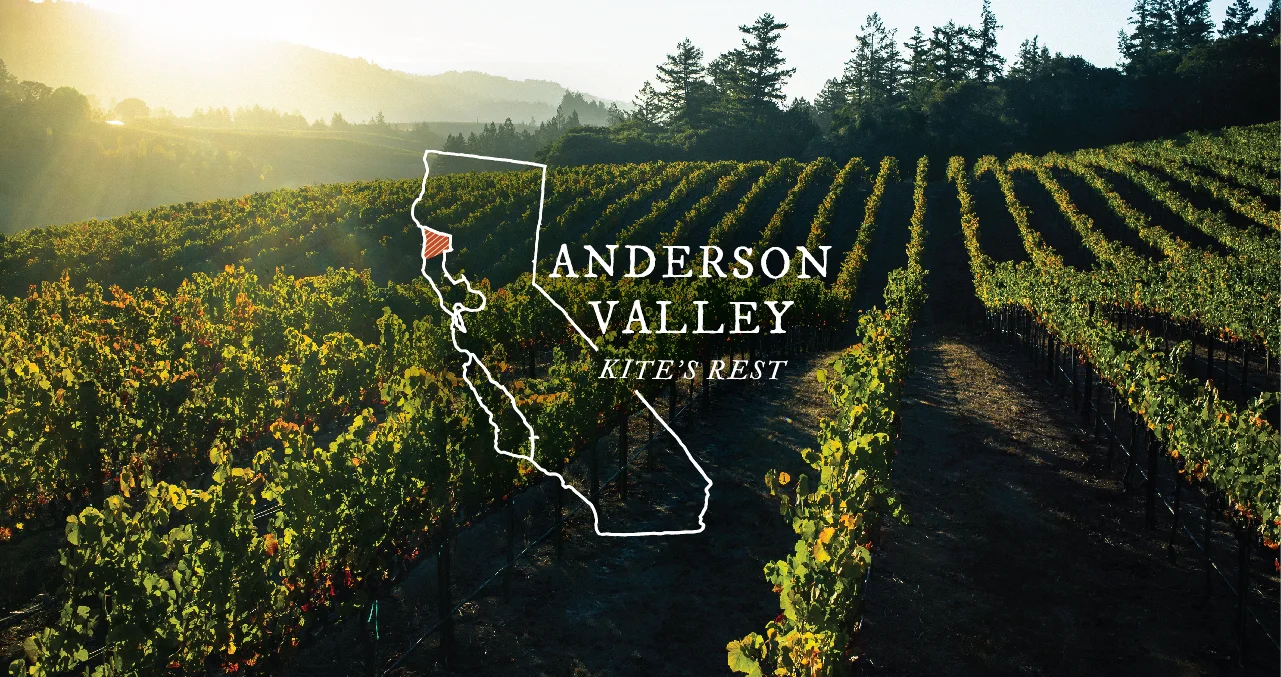Anderson Valley Appellation
Anderson Valley is located in Mendocino County, between 10 and 20 miles inland from the Pacific Ocean and about a two hour drive north of San Francisco. The valley cuts laterally through the Coastal Range at 38 degrees latitude. It is 15 miles long, stretching northwest, surrounded by dense forests on the southwestern side and grassy hills to the north and east. The valley is heavily influenced by the cool marine air, with fog frequently snaking its way up the Navarro River from the Pacific Ocean. The result is a wide diurnal range, with the daily low temperatures often 40 to 50 degrees lower than the daily highs. Anderson Valley also experiences long Indian summers toward the end of the growing season, with warm days and cool evenings. The valley feels remote and takes some effort to get to. However, once there, the visitor is rewarded by a lovely, bucolic and unspoiled setting. There are three small towns in Anderson Valley, Boonville, Philo and Navarro. Kite’s Rest vineyard is located west of Philo at the end of an old logging road which runs westward following the Navarro River on the final leg of its journey to the Pacific Ocean.
“Kite’s Rest is quite simply, one of the most spectacular pinot noir vineyards in the new world.”
Robert Whitley
Kite’s Rest vineyard is situated on a 40 acre parcel in Anderson Valley’s western end, called the “Deep End”. It is about 10 miles from the Pacific Ocean. The Pinot Noir vines start from the Navarro River and rise up 400 feet to meet the towering coast redwoods. These are the tallest trees on earth at more than 320 feet, can live for 2,000 years and are found only in this unique coastal environment. The coast redwoods like the region’s cool climate just as much as the Pinot Noir grape. The cool climate is enhanced by the vineyard’s north-facing exposure, providing even greater hang time than is normal in Anderson Valley. As a result, the Pinot Noir grapes ripen slowly and evenly, yielding generous and complex fruit flavors as well as acid balance.
The block-specific row orientation (visible in the aerial photo below) mirrors the slope of the land, which maximizes sun exposure, maintains natural soil profiles and provides better access to the vines for lower impact farming. Canopy management is critical for proper sun exposure, while leaf pulling maintains good air flow and reduces the need for spraying and crop thinning throughout the growing season. It also concentrates flavors and ensures full ripening of the grapes.
When we purchased the property in 1995 it was untouched but for a small, elderly Gewurztraminer vineyard planted on four acres of loamy soil along the river’s edge (now the River Turn block). In 1999, the old vineyard was replanted to Pinot Noir and two additional four-acre vineyard blocks were developed on the north-facing hill above the river, increasing the total vineyard acreage to 12 acres, comprised of three very distinct vineyard blocks. We named each vineyard block after geological or physical features that define each block.
01 RIVER TURN
Elevation: 32 feet
Exposure: North facing/flat
Soil: Sandy/silt/loam
Clones: Pommard on 3309
Row Orientation: East/West
Trellising: Vertical Cane
02 STONY TERRACE
Elevation: 217 feet
Exposure: North facing/5 to 10% slope on a natural terrace
Soil: gravel/loam
Clones: Pommard on 3309
Row Orientation: East/West
Trellising: Vertical cordon
03 REDWOOD'S EDGE
Elevation: 321 feet
Exposure: North facing/10 to 20% slope/ slightly shaded
Soil: loam
Clones: Dijon 114 and 115 on 3309
Row Orientation: North/South
Trellising: VSP


